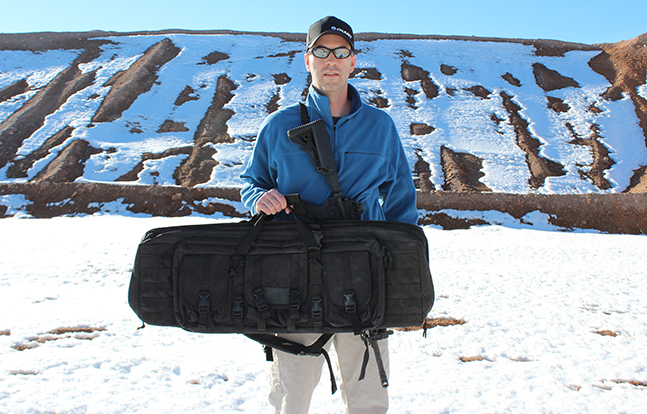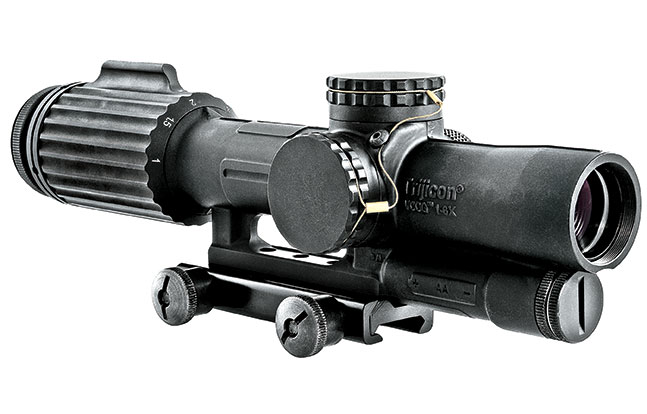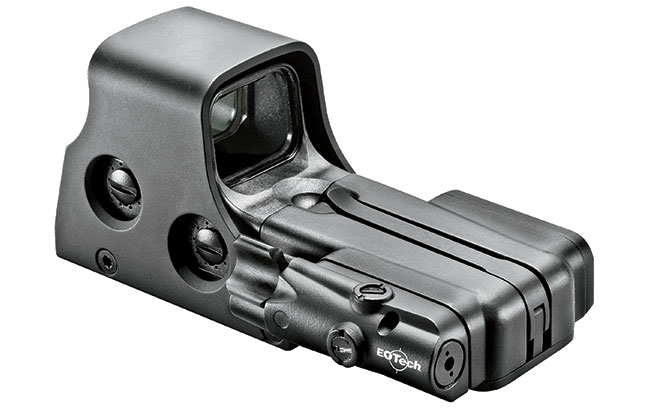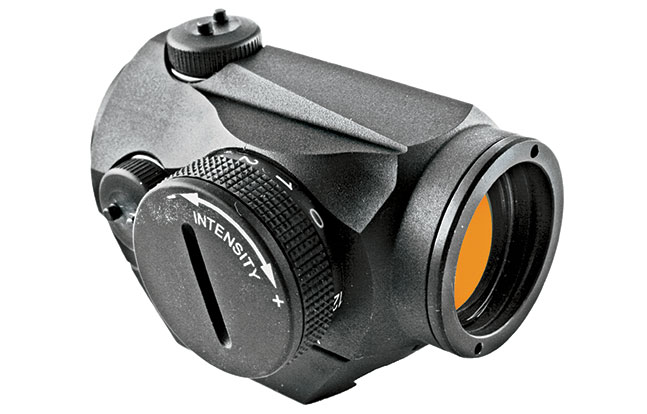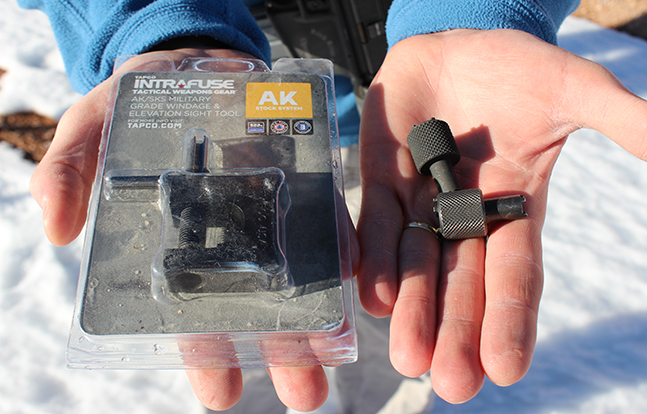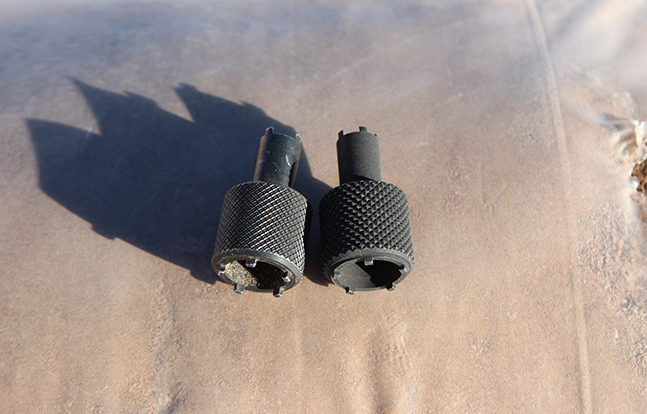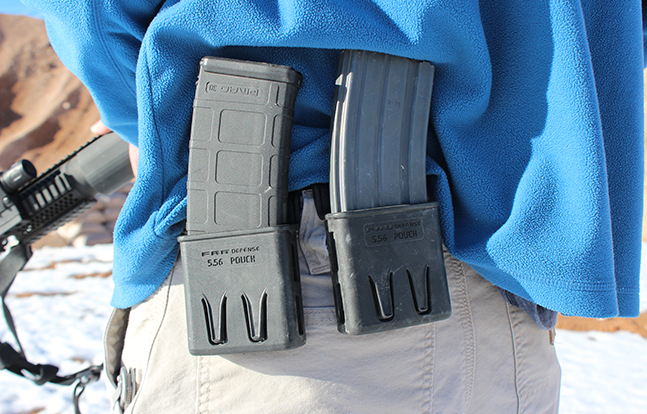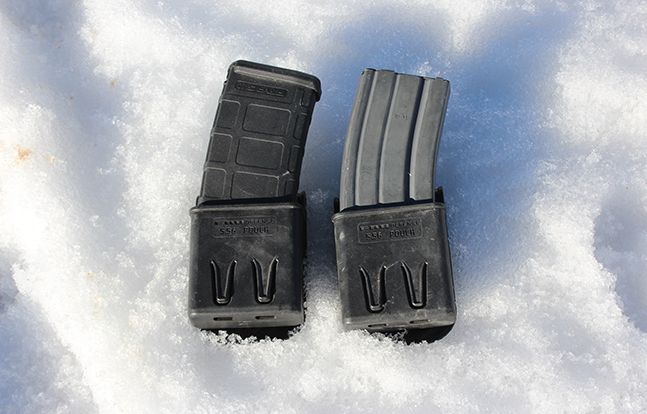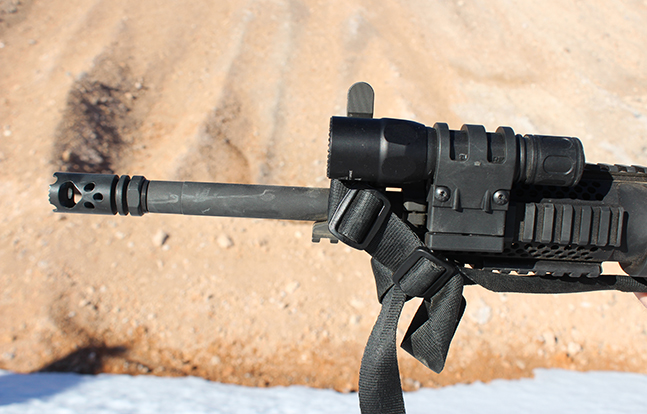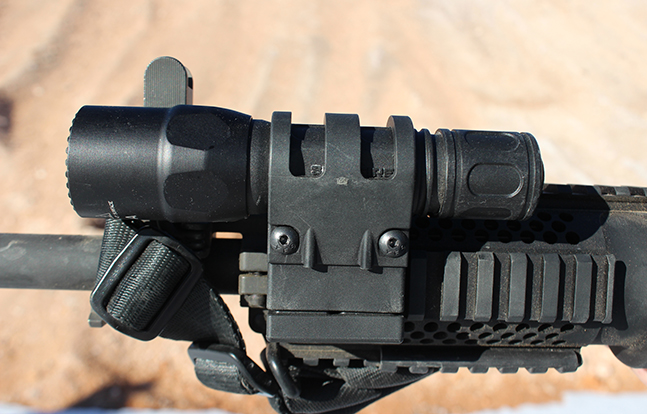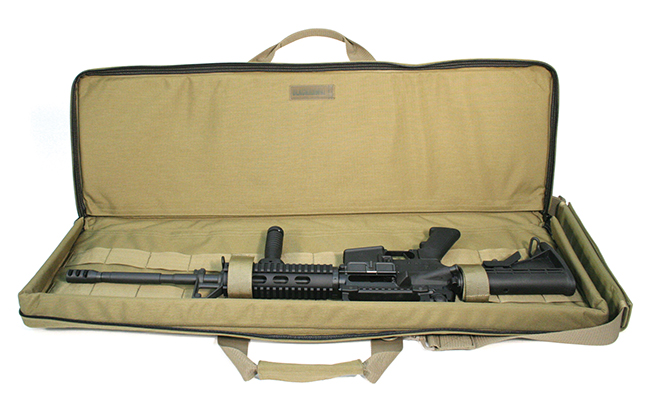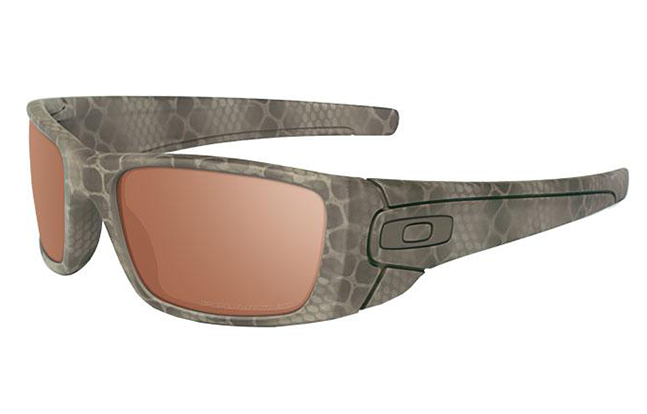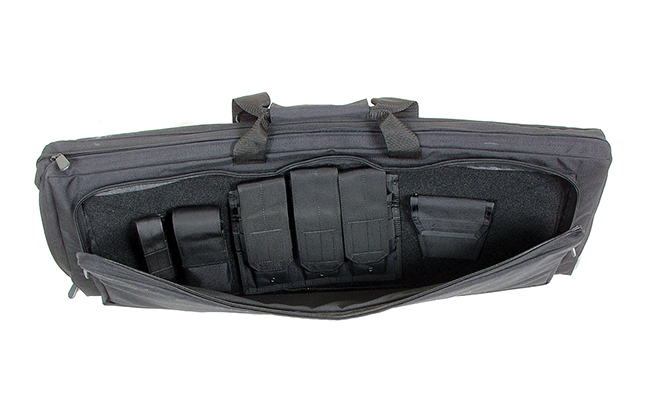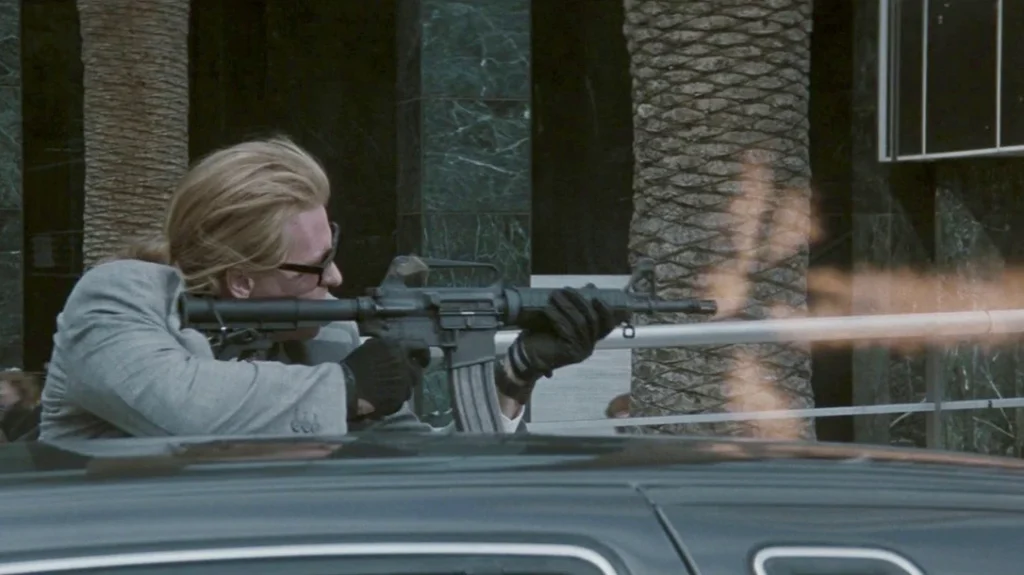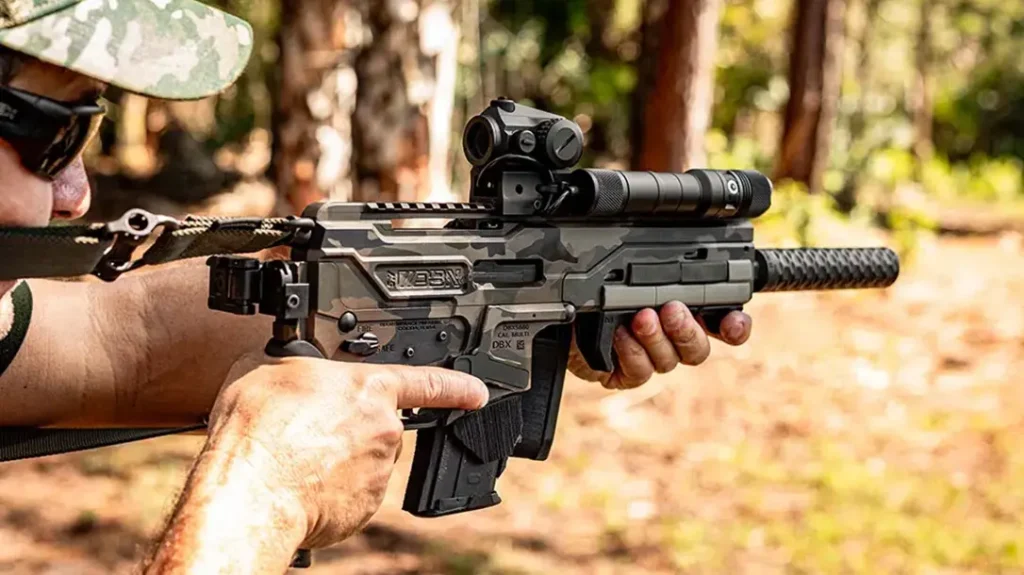It’s a pain in the butt to drive all the way to the shooting range only to realize you forgot an important piece of gear for your rifle.
Even worse is spending hundreds of dollars on a two-day training course and showing up on day one without the proper gear to participate in the course. For instance, I was once attending a defensive rifle course in North Carolina and the fellow next to me had the batteries in his optics go dead. He went back to his car to get fresh batteries and realized he’d left them at home. What’s more, this gentleman didn’t have backup iron sights, so you might say it wasn’t exactly a fun rest of the day for the poor guy.
Obviously, he’s not the only one to ever forget batteries or another piece of gear. To ensure this doesn’t end up happening to you, let me share with you the simple checklist I go through each time I leave my house to make sure I have everything I need in order to train with my rifle.
Advertisement — Continue Reading Below
Optics/Sights
First, let’s start with optics since I just mentioned that. You and I know that our optics choices these days are amazing and plentiful. Personally, I’d stick with Aimpoint or EOTech for your rifle. If you really want to break the bank then try out Trijicon’s new VCOG. Whatever you decide to go with, have at least two sets of extra batteries in your rifle case at all times. Also, always have a backup set of iron sights on your rifle. Magpul, GG&G and Troy are a few of the companies that make solid backup sights.
Advertisement — Continue Reading Below
Slings

Next, don’t ever forget a sling for your rifle. Since it should already be attached to your rifle, this one is easy to remember. On one of my ARs I have a Viking Tactics Sling. I’m a big fan of this sling because of how quick and simple it is to adjust. Another sling I like is the Wilderness Tactical Giles Sling, which I just put on another one of my rifles.
Burn Cream
Advertisement — Continue Reading Below

Another item that’s not mentioned very frequently, but should be in your rifle case, is burn cream. If you’ve ever had hot .223 brass fall down the back of your shirt or land on your arm, then you know why this cream is so important. You can get this cream from Wal-Mart for about $6 and it should last you years. Even if you never use this cream yourself, it’s a good idea to have it on hand for others, especially if you don’t want family members who are learning how to shoot to leave with burn blisters.
Sight Adjustment Tool
Advertisement — Continue Reading Below
A critical item to include in your rifle case is a sight adjustment tool. I know many folks use optics these days, but you should always zero your iron sights, too. After all, remember that your batteries could go dead or the optic could break in one form or another. MidwayUSA is a good place to purchase sight adjustment tools, or you can get them from Brownells. It’s important to not be cheap when getting a sight tool. In fact, if you want to be truly prepared, have two sight tools in your rifle case at all times, just like you have two sets of batteries for your optics.
Spare Magazines

Don’t forget plenty of spare magazines in your rifle case, too. I would recommend at least six, but carry whatever amount you feel is necessary. While it was nearly impossible to find AR magazines a while back, they are finally easy to get again, and you can find them on the internet or at your local sporting goods store, such as Cabela’s. When you’re purchasing magazines you only want to buy the best. Don’t buy the cheap magazines, which will cause your rifle to malfunction. The magazines you want to get are the PMAGs from Magpul or factory Colt magazines. I use both of these and they’ve never given me a problem. However, I only load them with 28 rounds each. I haven’t found a magazine yet that won’t eventually jam if you load it full with 30 rounds.
Advertisement — Continue Reading Below
Mag Pouches
The next item on the checklist is a way to hold your magazines. I like to keep things simple, which is why I use Kydex magazine pouches. I have two pouches that clip to my belt, which I wear on my left hip. Safariland, Bravo Concealment and Kytex are just a few of the companies that make rifle magazine pouches. If a Kydex pouch isn’t what you’re looking for, you can purchase numerous configurations of web gear. A few that you may want to check out are the HSGI Universal Mag Pouch, Olongapo Outfitters Grab & Go Magazine Pouch, and the X2 Mag Pouch from Spec-Ops Brand.
Advertisement — Continue Reading Below
Flashlight
If you happen to use your rifle for home defense this next item is critical. I’m talking about a flashlight, which should always be with your rifle gear so you can train with it. As I just mentioned, I prefer to keep things simple, so I don’t like a flashlight setup that involves a bunch of switches and wires running down my gun. What I use is a Viking Tactics Light Mount with a SureFire flashlight. This allows me to turn on the light with my thumb the same way I operate the light when I’m using a handgun instead of a rifle. If you want to spend a little more money you can purchase a light that’s built into a vertical foregrip. This is a popular choice for a lot of folks, and one of the best options out there is made by SureFire. Just remember to keep two sets of fresh batteries for your flashlight in your rifle case. Also, when you purchase a light for your rifle, make sure it’s a flashlight made for a rifle and not a pistol. In other words, lights that are specifically designed for handguns often can’t handle the recoil of the rifle and they don’t end up lasting very long.
Advertisement — Continue Reading Below
Additional Equipment
The final items you need for your rifle case are not the sexiest, but they are extremely important for your safety. First, you need to have hearing protection. If you want to purchase electronic hearing protection and you want the best, go with the Pro Ears Gold series. But if the thought of spending $300 on hearing protection gives you a heart attack, give the Howard Leight Electronic Impact Sport Earmuff a try. If for some reason you don’t want electronic ears, then it’s important to double up on your hearing protection. You need to wear both soft ears and earmuffs when shooting your rifle. Howard Leight makes soft foam plugs and you can get 200 of them for only $20.
Besides hearing protection, you also need eye protection. Just like with hearing protection, you can get as fancy as you want with your eyes. I prefer Remington’s shooting glasses, but if you want to go more high-end then take a look at the Browning Landing Zone Shooting Glasses.
Advertisement — Continue Reading Below
Finally, let’s talk about the rifle case itself. After all, you want to make it as easy as possible to carry around all of your rifle gear. The choice typically comes down to whether to use a hard case or a soft case. If you’re flying anywhere with your rifle then you need the hard case, per TSA regulations. You don’t have to go out and buy a new hard case, though, as the case the rifle came in when you bought it will usually do the job. If you’re not flying and are traveling locally for training then I would definitely go with a soft case because they’re lighter and easier to carry. Plus, they have a lot more pockets to store gear. Uncle Mike’s, BlackHawk and Midway all make soft rifle cases. Cheaper Than Dirt also has a large selection, which is where I bought mine.
I hope the above gear list helps you out when assembling everything you need for your rifle. I certainly realize you may not agree with all of my choices, but pick and choose the gear that is right for you and make sure you always have it when you leave your house to go train.
- http://www.
personaldefenseworld.com/2014/ 05/10-commandments-for- improved-shooting/#10- commandments-grip-holster-2 - http://www.
personaldefenseworld.com/2013/ 04/smart-security/#glympse_ ios_phone_01_splash_ phatchfinal_phatchfinal - http://www.
personaldefenseworld.com/2013/ 10/quick-draw-drills/#quick- draw-drills-training - http://www.
personaldefenseworld.com/2014/ 08/4-great-electronic-ears/# maggie-reese-3 - http://www.
personaldefenseworld.com/2014/ 12/concealed-carry-travel- tips/#traveling-armed-1
